Litigators of the Week: An Antitrust Unicorn—With $800M on the Line
“Class actions and antitrust cases never go to trial. Most people don't want to take the risk,” said David Lender, co-chair of Weil's litigation department. “It's the client willing to go to the mat.”
April 27, 2018 at 12:00 PM
5 minute read
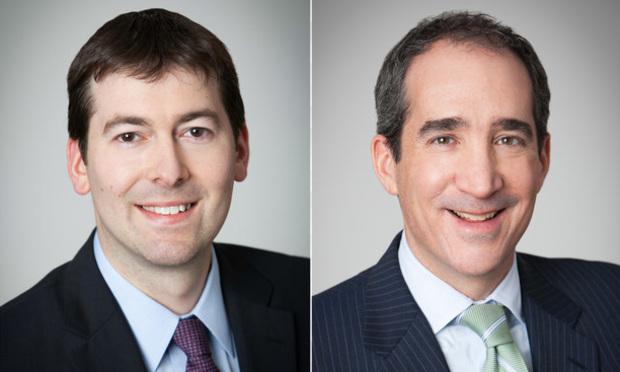
In the fall of 2016, David Lender and Eric Hochstadt stepped into the middle of a high-stakes antitrust case that the Weil, Gotshal & Manges partners could only describe as a “unicorn.”
Their client, C&S Wholesale Grocers Inc., was careening toward trial after more than seven years of litigation. At issue: allegations by a class of retail grocers that the New Hampshire-based grocery distributor had secretly conspired with a rival not to compete in the Midwest and New England states.
The case, which exposed the company to nearly $800 million in damages and attorney fees, would become just the fifth antitrust suit to be tried to a verdict in the past five years, according to Weil—but C&S was nonetheless determined to plead its case to a Minnesota federal jury.
“Class actions and antitrust cases never go to trial. Most people don't want to take the risk,” said Lender, co-chair of Weil's litigation department. “It's the client willing to go to the mat.”
Last Friday, the gamble paid off, when the jury cleared C&S of the charges in the U.S. District Court for the District of Minnesota. A case that had lasted more than eight years had taken just one hour for the jurors to decide.
For Lender and Hochstadt, the result was far from inevitable, but it was one they had envisioned since C&S hired them to serve as lead counsel toward the end of expert discovery.
At the time, C&S had endured an appellate court's reversal of a decision to extinguish the lawsuit on summary judgement. Meanwhile, C&S' co-defendant, SuperValu Inc., was in negotiations to settle the case for $8.75 million, leaving C&S on the hook for full damages. Under U.S. antitrust law, winning plaintiffs are entitled to an automatic trebling of damages and the right to recover fees.
However, the Weil team had the advantage of fresh eyes as they took over a case with an admittedly “tortured” past.
“We're gonna look at things slightly differently than the people that had been here before us,” Lender said.
The Weil team mounted a successful challenge to the plaintiffs' expert witness, cutting C&S's potential exposure in half, and won its fight to keep details of SuperValu's settlement negotiations out of the trial record.
But the attorneys also noticed that the plaintiffs' case hinged on their ability to prove the existence of a secret, unwritten agreement between their client and SuperValu to eliminate competition in the two regions and drive up prices for small-town grocers. Lender and Hochstadt set out to exploit every hole they could find in their opponents' case.
The goal: to show that the arrangement was a legitimate effort to consolidate operations and improve efficiency.
The attorneys quickly narrowed the scope of their defense to three separate yet related themes they would hammer at trial: that there was no secret pact, no price inflation in the relevant markets and no injury to the five classes of plaintiffs pressing their claims.
The team marched out a parade of witnesses, including company chairman Rick Cohen, to paint C&S as a third-generation, century-old business that would never jeopardize its reputation by violating U.S. law. Weil also worked with C&S expert witness, longtime University of Virginia economics professor Kenneth Elzinga, to dilute complex theories of economics and competition into simple terms that the jury could understand.
“We needed real people to connect with the jury, who don't have experience in this industry,” Hochstadt said.
The approach contrasted with the decision of plaintiffs' counsel Boies Schiller Flexner to call as witnesses just two out of the five named plaintiffs in the case. During closing arguments, the Weil lawyers presented a board with images of the five lead plaintiffs who had accused C&S of conspiring to harm their businesses. Three were depicted simply with silhouettes.
“They didn't want to tell you why they were injured,” Lender recalled telling the jury.
“We went after them hard… to prove their financial woes had nothing to do with C&S.”
Lender also credited the firm's aggressive strategy of hitting its opponents with quick redirects to expose omissions in their lines of questioning. Those tactics, he said, brought a rhythm to the proceedings, where the jury would expect the strikes.
In the end, he said, the case turned on the issue of credibility.
“Jury trials are all about credibility at the end of the day. I think we were gaining credibility points throughout the trial.”
This content has been archived. It is available through our partners, LexisNexis® and Bloomberg Law.
To view this content, please continue to their sites.
Not a Lexis Subscriber?
Subscribe Now
Not a Bloomberg Law Subscriber?
Subscribe Now
NOT FOR REPRINT
© 2025 ALM Global, LLC, All Rights Reserved. Request academic re-use from www.copyright.com. All other uses, submit a request to [email protected]. For more information visit Asset & Logo Licensing.
You Might Like
View All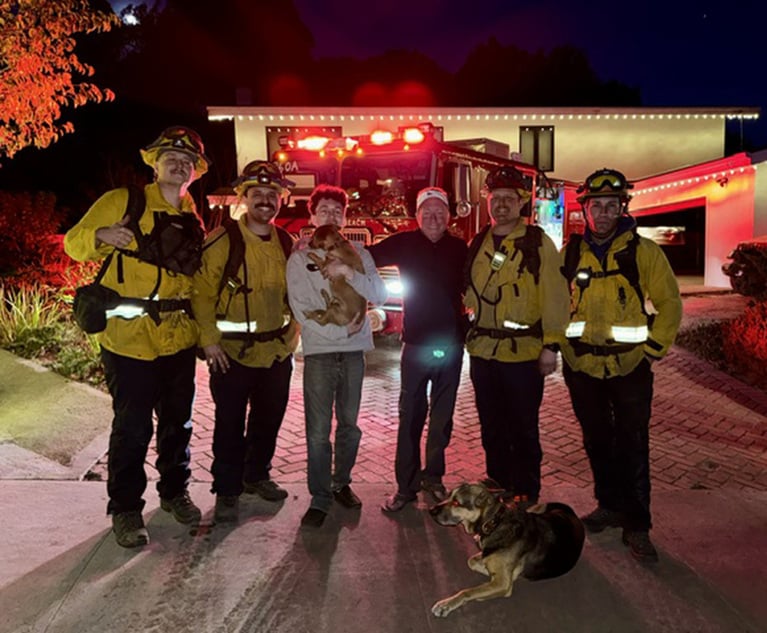
Amid the Tragedy of the L.A. Fires, a Lesson on the Value of Good Neighbors
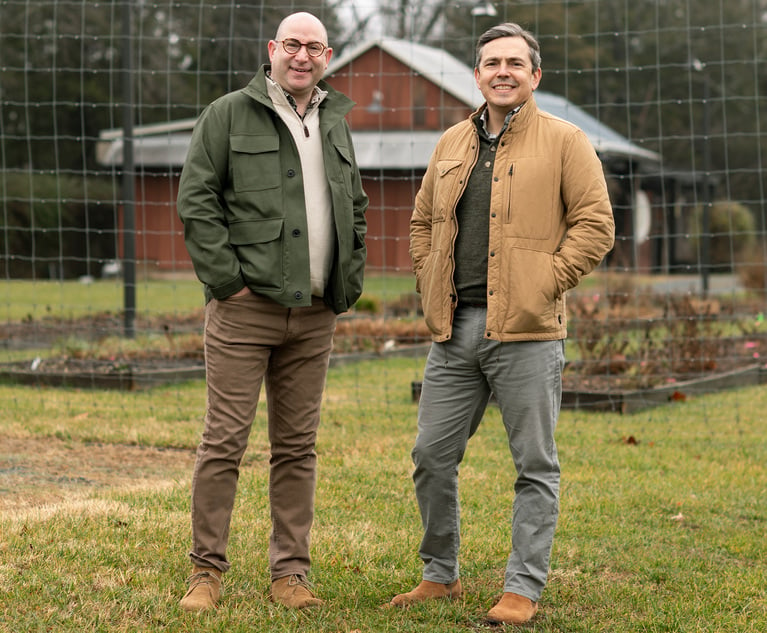
Why the Founders of IP Boutique Fisch Sigler Are Stepping Away From the Law and Starting an AI Venture
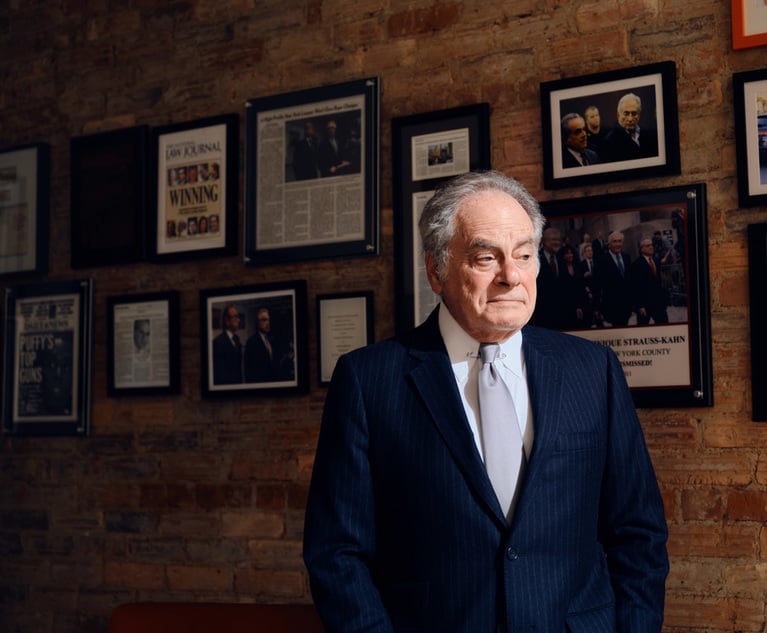
Like a Life Raft: Ben Brafman Reflects on Nearly 50 Years as a Defense Attorney
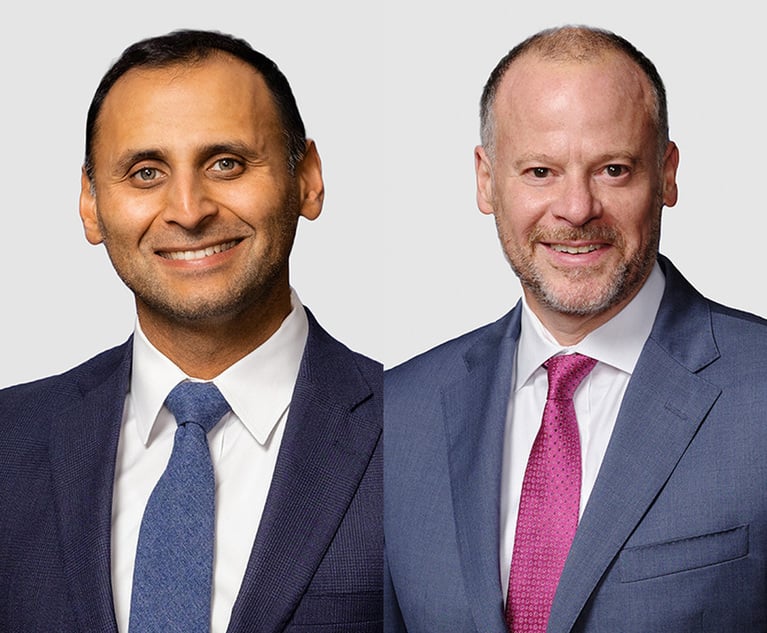
Trying a Case for Abu Ghraib Detainees Two Decades After Abuse
Trending Stories
Who Got The Work
J. Brugh Lower of Gibbons has entered an appearance for industrial equipment supplier Devco Corporation in a pending trademark infringement lawsuit. The suit, accusing the defendant of selling knock-off Graco products, was filed Dec. 18 in New Jersey District Court by Rivkin Radler on behalf of Graco Inc. and Graco Minnesota. The case, assigned to U.S. District Judge Zahid N. Quraishi, is 3:24-cv-11294, Graco Inc. et al v. Devco Corporation.
Who Got The Work
Rebecca Maller-Stein and Kent A. Yalowitz of Arnold & Porter Kaye Scholer have entered their appearances for Hanaco Venture Capital and its executives, Lior Prosor and David Frankel, in a pending securities lawsuit. The action, filed on Dec. 24 in New York Southern District Court by Zell, Aron & Co. on behalf of Goldeneye Advisors, accuses the defendants of negligently and fraudulently managing the plaintiff's $1 million investment. The case, assigned to U.S. District Judge Vernon S. Broderick, is 1:24-cv-09918, Goldeneye Advisors, LLC v. Hanaco Venture Capital, Ltd. et al.
Who Got The Work
Attorneys from A&O Shearman has stepped in as defense counsel for Toronto-Dominion Bank and other defendants in a pending securities class action. The suit, filed Dec. 11 in New York Southern District Court by Bleichmar Fonti & Auld, accuses the defendants of concealing the bank's 'pervasive' deficiencies in regards to its compliance with the Bank Secrecy Act and the quality of its anti-money laundering controls. The case, assigned to U.S. District Judge Arun Subramanian, is 1:24-cv-09445, Gonzalez v. The Toronto-Dominion Bank et al.
Who Got The Work
Crown Castle International, a Pennsylvania company providing shared communications infrastructure, has turned to Luke D. Wolf of Gordon Rees Scully Mansukhani to fend off a pending breach-of-contract lawsuit. The court action, filed Nov. 25 in Michigan Eastern District Court by Hooper Hathaway PC on behalf of The Town Residences LLC, accuses Crown Castle of failing to transfer approximately $30,000 in utility payments from T-Mobile in breach of a roof-top lease and assignment agreement. The case, assigned to U.S. District Judge Susan K. Declercq, is 2:24-cv-13131, The Town Residences LLC v. T-Mobile US, Inc. et al.
Who Got The Work
Wilfred P. Coronato and Daniel M. Schwartz of McCarter & English have stepped in as defense counsel to Electrolux Home Products Inc. in a pending product liability lawsuit. The court action, filed Nov. 26 in New York Eastern District Court by Poulos Lopiccolo PC and Nagel Rice LLP on behalf of David Stern, alleges that the defendant's refrigerators’ drawers and shelving repeatedly break and fall apart within months after purchase. The case, assigned to U.S. District Judge Joan M. Azrack, is 2:24-cv-08204, Stern v. Electrolux Home Products, Inc.
Featured Firms
Law Offices of Gary Martin Hays & Associates, P.C.
(470) 294-1674
Law Offices of Mark E. Salomone
(857) 444-6468
Smith & Hassler
(713) 739-1250






